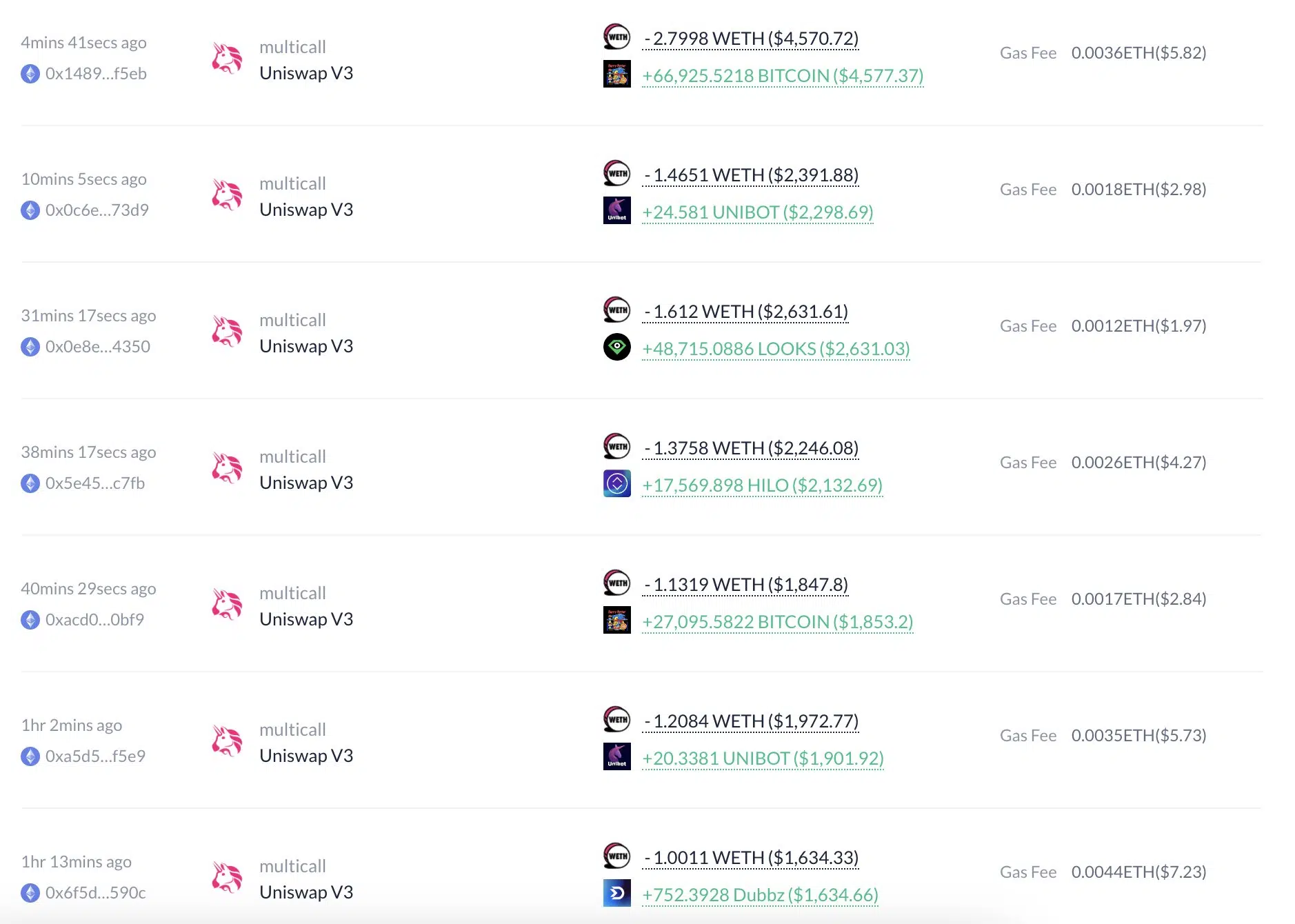Navigating the Forex Market: Strategies for Success
The forex market is an incredibly dynamic and volatile market, with currency pairs fluctuating in value on a daily basis. It is also one of the most popular markets for traders and investors, with trillions of dollars being traded every day. For those looking to get involved in the forex market, it can be an intimidating and overwhelming experience. However, with the right strategies and knowledge, it is possible to navigate the forex market successfully. In this article, we’ll explore some of the key strategies for success in the forex market.
Understanding the Forex Market
Before diving into the strategies for success in the forex market, it’s important to have a basic understanding of the market itself. The forex market is the largest financial market in the world, with an average daily volume of over $5 trillion. It is a decentralized market, meaning there is no central exchange or governing body. Instead, the market is made up of a network of banks, brokers, and other financial institutions that trade currencies.
The forex market is open 24 hours a day, five days a week, and is accessible to anyone with an internet connection. It is also a highly liquid market, meaning that it is easy to buy and sell currencies quickly and at competitive prices. This makes it an attractive option for traders and investors looking to take advantage of short-term opportunities.
Developing a Trading Plan
The first step in navigating the forex market is to develop a trading plan. This is a document that outlines your trading goals, risk management strategies, and entry and exit points. It should also include your trading strategy, which should be based on your risk tolerance, goals, and trading style.
Your trading plan should also include a plan for risk management. This should include setting stop-loss orders to limit your losses and take-profit orders to maximize your profits. It’s also important to set realistic expectations for your trading and to stick to your plan.
Choosing a Broker
Once you have a trading plan in place, the next step is to choose a broker. A broker is an individual or firm that facilitates trades in the forex market. They provide access to the market, as well as tools and resources to help you trade. When choosing a broker, it’s important to consider their fees, customer service, and trading platform.
It’s also important to make sure that the broker is regulated by a reputable regulatory body, such as the Financial Conduct Authority (FCA) or the Commodity Futures Trading Commission (CFTC). This will ensure that your funds are safe and secure.
Understanding Technical Analysis
Technical analysis is the study of price movements in the forex market. It is used to identify trends and patterns in the market and to make predictions about future price movements. Technical analysis is based on the idea that prices move in trends and that past price movements can be used to predict future price movements.
Technical analysis is based on a number of indicators, such as moving averages, support and resistance levels, and chart patterns. It is important to understand these indicators and how they work in order to make informed trading decisions.
Utilizing Fundamental Analysis
Fundamental analysis is the study of economic, political, and social factors that can affect the price of currencies. It is used to identify long-term trends in the market and to make predictions about the future. Fundamental analysis is based on the idea that the value of a currency is determined by the underlying economic, political, and social conditions in the country.
Fundamental analysis involves studying economic indicators, such as gross domestic product (GDP), inflation, unemployment, and interest rates. It also involves studying political and social factors, such as political stability, social unrest, and international relations. By understanding the fundamentals of the market, traders can make more informed trading decisions.
Utilizing Risk Management Strategies
Risk management is an important part of forex trading. It involves setting stop-loss orders to limit losses and take-profit orders to maximize profits. It also involves diversifying your portfolio to spread risk across different currency pairs and markets.
It’s also important to set realistic expectations for your trading and to stick to your plan. It’s important to remember that trading in the forex market is risky and that losses are inevitable. By using risk management strategies, you can minimize your losses and maximize your profits.
Staying Informed
It’s also important to stay informed about the forex market. This means staying up to date on the latest news and developments in the market. It also means reading market analysis and staying abreast of economic, political, and social developments in the countries whose currencies you are trading. Staying informed will help you make more informed trading decisions.
Conclusion
Navigating the forex market can be a daunting task, but with the right strategies and knowledge, it is possible to be successful. It’s important to have a trading plan, choose a reputable broker, understand technical and fundamental analysis, use risk management strategies, and stay informed about the market. By following these strategies, you can increase your chances of success in the forex market.

